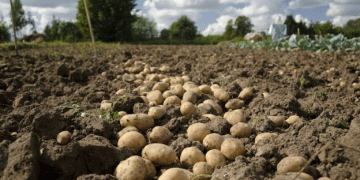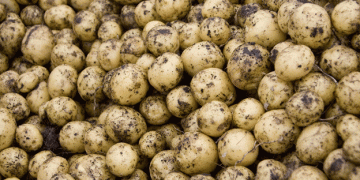#PlantVersatility #SustainableFood #NaturalDyeing #FoodSecurity #Nutrition #ChenopodiumAlbum
Chenopodium album, also known as lamb’s quarters or pigweed, is a plant species that belongs to the amaranth family. Despite being considered a weed in some regions, it is a highly nutritious and versatile plant that has been used for centuries as a food source, medicine, and even a dyeing agent. In this article, we will explore the fascinating world of Chenopodium album and uncover its many benefits and uses.
The development of Chenopodium album as a food source has been traced back to ancient civilizations, such as the Incas and Aztecs. The leaves, seeds, and stems of the plant are all edible and are rich in nutrients such as protein, vitamins, and minerals. In addition to being a nutritious food source, Chenopodium album has also been used for medicinal purposes, such as treating inflammation and digestive issues.
The versatility of Chenopodium album is also evident in its use as a dyeing agent. The plant contains a natural dye that can produce a range of colors from yellow to purple, making it a valuable resource for textile production. The plant’s hardiness and ability to thrive in a variety of environments also make it a potential solution for addressing food security issues in areas with poor soil conditions.
As more research is conducted on the potential benefits of Chenopodium album, its development as a sustainable and nutritious food source could have significant consequences for addressing food insecurity and improving public health. Its versatility as a natural dyeing agent also presents opportunities for sustainable fashion production.
In conclusion, the exploration of Chenopodium album reveals a plant that is not only nutritious and versatile but also has the potential to address significant societal issues. As we continue to uncover its secrets and develop its potential, Chenopodium album could become an essential component of our diets and sustainable practices.






